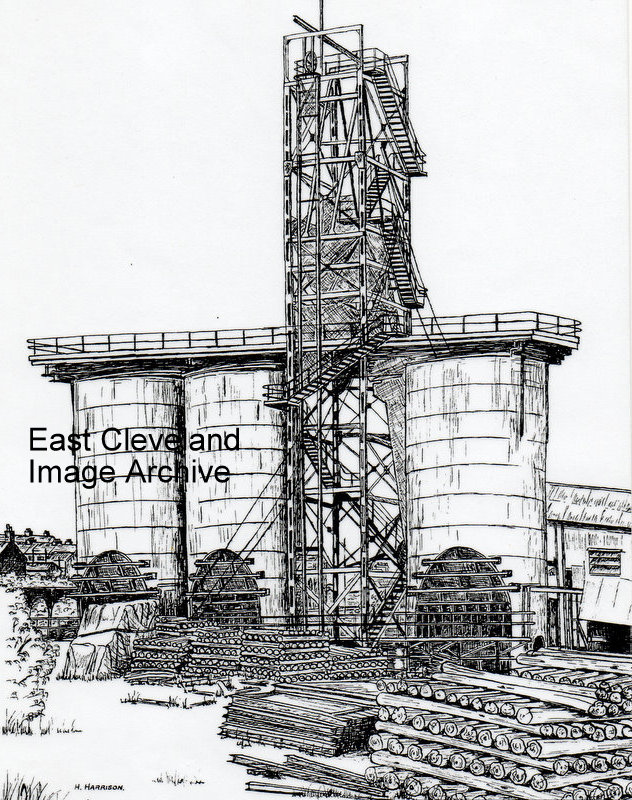
This line drawing of the Calcining Kilns and materials hoist at Lingdale mine gives a true impression of their size. Eric Johnson informs the Archive: ”This drawing of the calcining kilns and materials hoist, shows the three kilns which were originally on the island of RAASAY in the Inner Hebrides; dismantled in about 1943, each part carefully numbered and loaded into ships. One local man John MacLeod was killed in the hold when the sling broke. The kilns were taken to Lingdale and re-erected shortly afterwards.” Image courtesy of Joan Webster and thanks to Eric Johnson for the update.
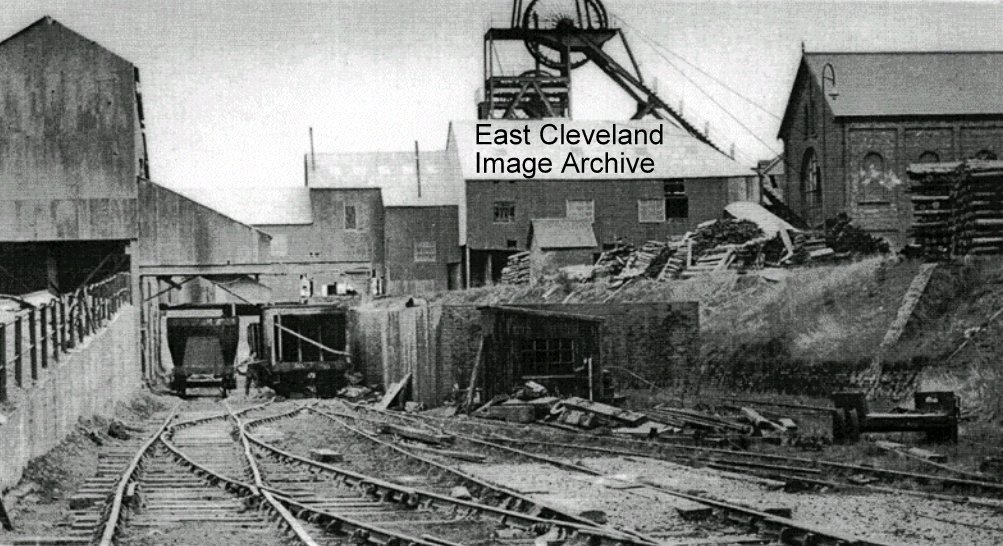
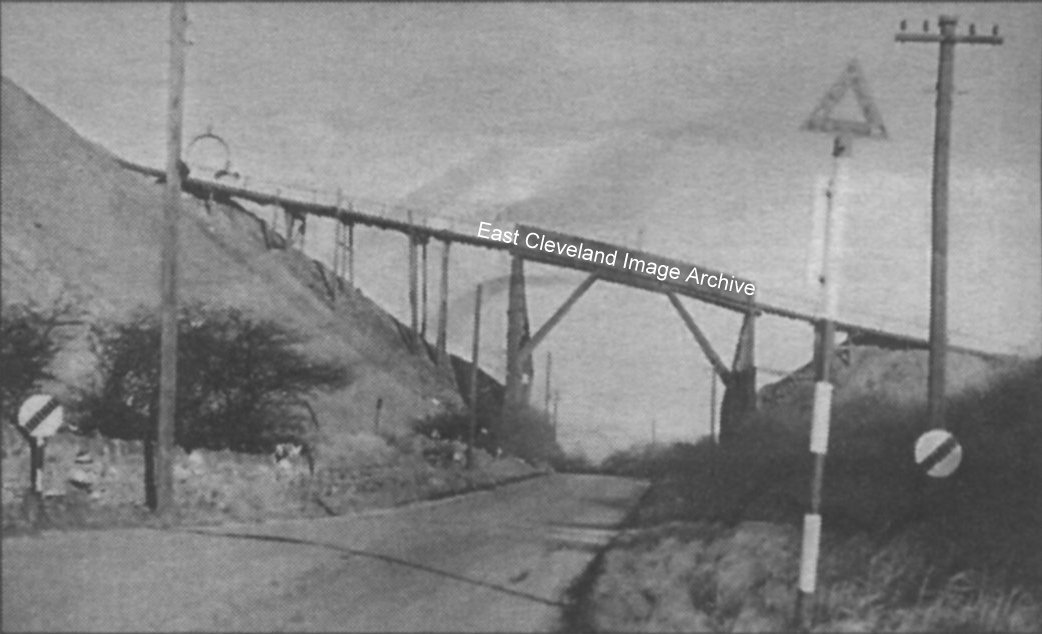
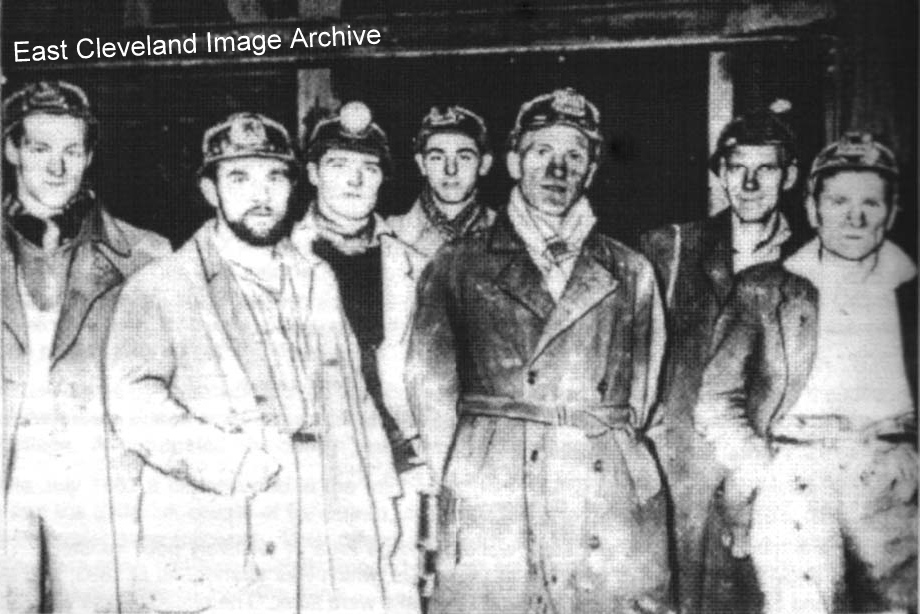
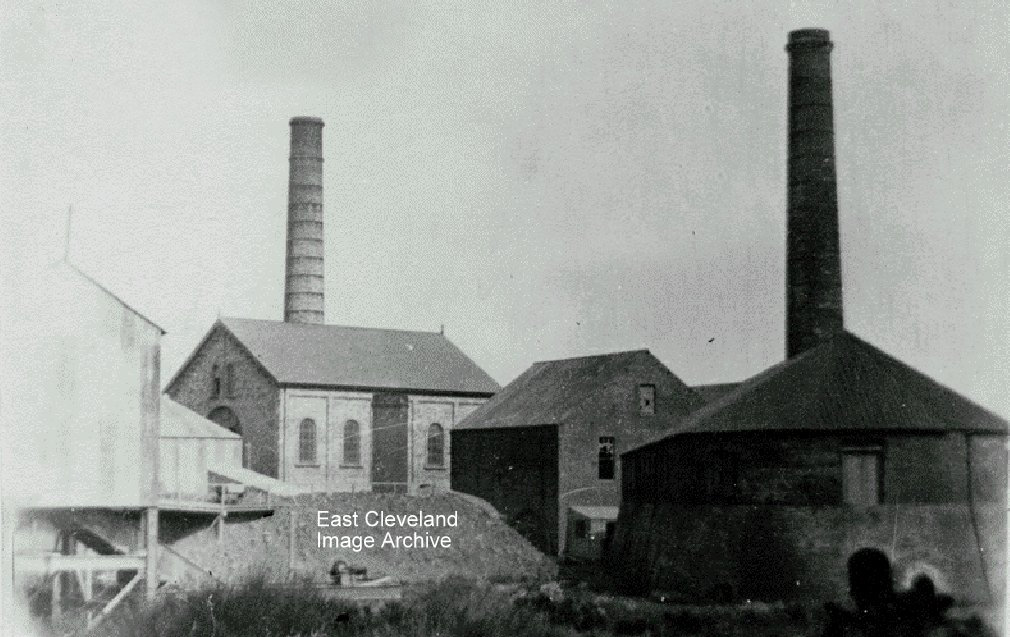
Recent Comments